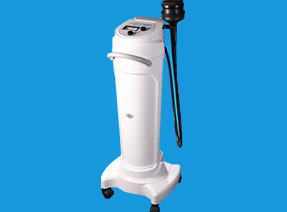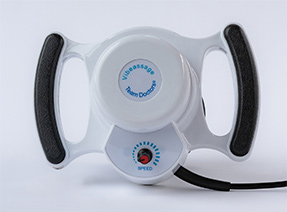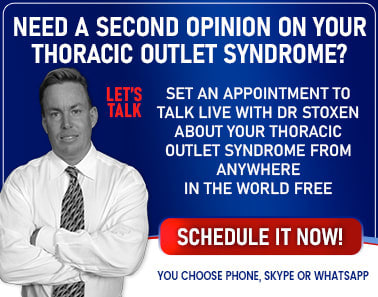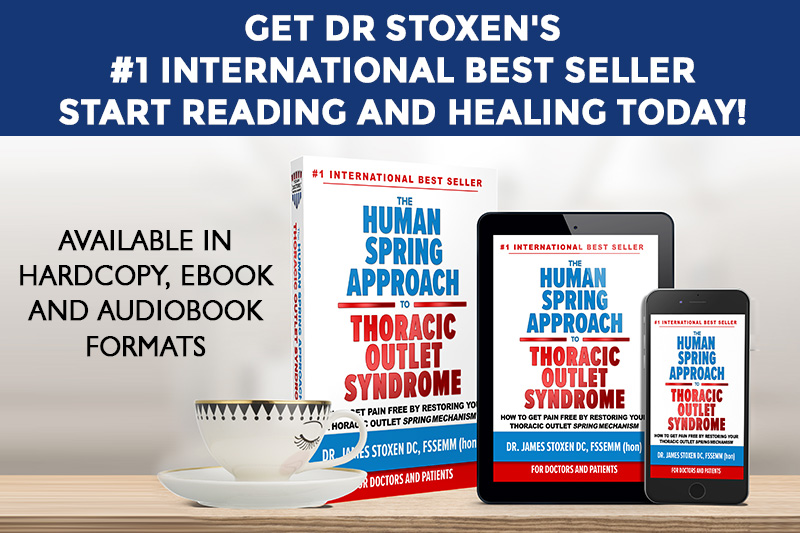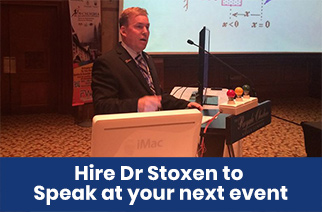THE HUMAN SPRING APPROACH TO
THORACIC OUTLET SYNDROME
by Dr James Stoxen DC., FSSEMM (hon) FWSSEM
GLOSSARY
H
head contusion (Cerebral contusion)- form of traumatic brain injury, is a bruise of the brain tissue.
head shocks – one of the most unbearable withdrawal symptoms reported when withdrawing from Selective Serotonin Reuptake Inhibitors SSRI. These are shocks like electricity shocking your head. They happen more when there is a sudden movement of the head.
headaches (migraine) – a migraine headache can cause intense throbbing or a pulsing sensation in one area of the head and is commonly accompanied by nausea, vomiting, and extreme sensitivity to light and sound.
headaches (tension) – a tension headache is the most common type of headache. It can cause mild, moderate, or intense pain in your head, neck, and behind your eyes.
heart attack – a heart attack happens when the flow of oxygen-rich blood to a section of heart muscle suddenly becomes blocked and the heart can’t get oxygen. If blood flow isn’t restored quickly, the section of heart muscle begins to die.
heart failure – heart failure is characterized by the heart’s inability to pump an adequate supply of blood.
heel spurs (calcaneal spur) – a bony outgrowth from the calcaneal tuberosity (heel bone).
hemorrhage – an escape of blood from a ruptured blood vessel, especially when profuse.
Heparin – an anticoagulant (blood thinner) that prevents the formation of blood clots. Heparin is used to treat and prevent blood clots caused by certain medical conditions or medical procedures. Heparin is also used before surgery to reduce the risk of blood clots.
herniated – a tear or abnormal bulge of an organ or organ part through a retaining tissue.
herniated cervical disc – a condition in which the annulus fibrosus (outer portion) of the vertebral disc is torn, enabling the nucleus (inner portion) to herniate or extrude through the fibers.
herniated disc (herniated disk, slipped disc, bulged disc) – the rubbery disks that lie between the vertebrae in your spine consist of a soft center (nucleus) surrounded by a tougher exterior (annulus). A herniated disk occurs when a portion of the nucleus pushes through a crack in the annulus. In the human spring model the disc is a compression spring.
Herniated disc pain – based on reliable studies it is estimated that more than 34% of the population has herniated discs that are not painful so they don’t know they have them. It is not possible to know if the pain is coming from the herniated disc or surrounding structures.
herniated disc treatment – treatment to relieve the pressure off the herniated disc
High-Voltage Pulsed Current (HVPC)—used for wound care and sometimes for pain relief.
Hippocrates – a Greek physician who is considered one of the most outstanding figures in the history of medicine. He is often referred to as the “Father of Medicine in recognition of his lasting contributions to the field as the founder of the Hippocratic School of Medicine.
Hippocratic Oath – an oath historically taken by physicians. It is one of the most widely known of Greek medical texts. In its original form, it requires a new physician to swear, by a number of healing gods, to uphold specific ethical standards.
holistic medicine – a term used to describe therapies that attempt to treat the patient as a whole person. That is, instead of treating an illness, as in orthodox allopathy, holistic medicine looks at an individual’s overall physical, mental, spiritual, and emotional wellbeing before recommending treatment.
honorary fellowship – An Honorary Fellowship is a highly prestigious award, which the University can bestow on an annual basis to distinguished individuals who have made an outstanding contribution to their chosen field.
Hooke’s Law of elasticity – Hooke’s law, law of elasticity discovered by the English scientist Robert Hooke in 1660, which states that, for relatively small deformations of an object, the displacement or size of the deformation is directly proportional to the deforming force or load.
human engineering – the management of industrial labor, especially with regard to relationships between people and machines; ergonomics.
human spring approach – to study, exam, treat the human body as an integrated spring-mass model.
human spring model – a biomechanical model that says the human body functions as an integrated spring-mass system.
hyperabduction maneuver – an orthopedic test for symptom reproduction of thoracic outlet syndrome, specifically under the pectoralis minor.
hyperabduction syndrome – a diminution or loss of distal upper extremity pulses on hyperabduction of the limb.
hypercontracted – excessively contracted.
hyperostosis – Diffuse idiopathic skeletal hyperostosis (DISH) is a bony hardening (calcification) of ligaments in areas where they attach to your spine. Also known as Forestier’s disease, diffuse idiopathic skeletal hyperostosis may cause no symptoms and require no treatment.
hypertrophy – the enlargement of an organ or tissue from the increase in size of its cells.

Meet Dr James Stoxen DC., FSSEMM (hon)
President, Team Doctors® Masters Academy
www.drstoxen.com
Dr Stoxen’s Curriculum Vitae
Stay connected to our thoracic outlet syndrome social media sites
1.1k
Members

READ THESE CHAPTERS OF DR STOXENS BOOK FREE HERE!
ARTICLE CATEGORIES
- Testimonials (13)
- Success Stories (13)
- Failed TOS Surgery (1)
- Thoracic Outlet Syndrome (11)
- Compartment Syndrome – Forearm (5)
- Shoulder Replacement Surgery (1)
- Cervical Discectomy (1)
- Cervical Fusion Surgery (1)
- What is TOS? (3)
- Thoracic Outlet Anatomy (1)
- Thoracic Outlet Engineering (1)
- Causes Of TOS (6)
- The TOS Examination (1)
- Diagnostic Tests for TOS (1)
- What Mimics TOS? (1)
- Paget-Schroetter Syndrome (2)
- TOS Surgery (2)
- Posture Tips (1)
- Self Treatment (1)
- What doesn’t work and why? (1)
- What works and why? (1)
- Stretches for TOS (1)
- Exercises for TOS (1)
- Surgery for TOS (1)
- Case Studies (2)
- Chapter Reviews (10)
- Uncategorized (16)
VIDEO TUTORIALS
Subscribe to our newsletter
Team Doctors® Master’s Academy
Professional Development Courses
Launching January 1, 2022!
Team Doctors® Master’s Academy
Patient Self-Care Workshops
Launching January 1, 2022!

